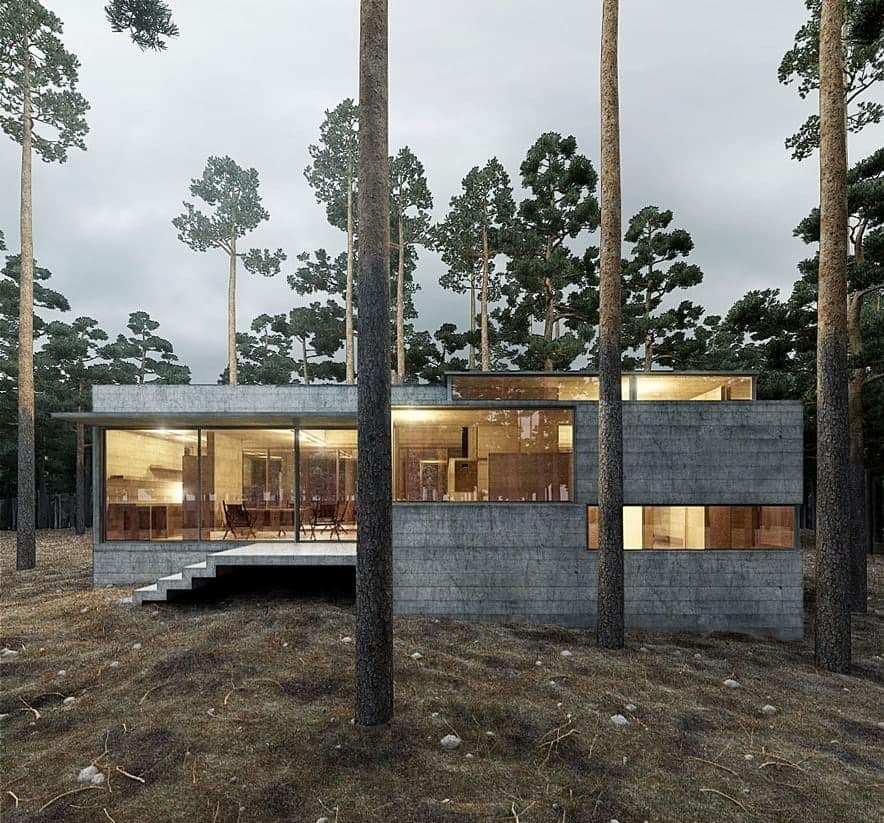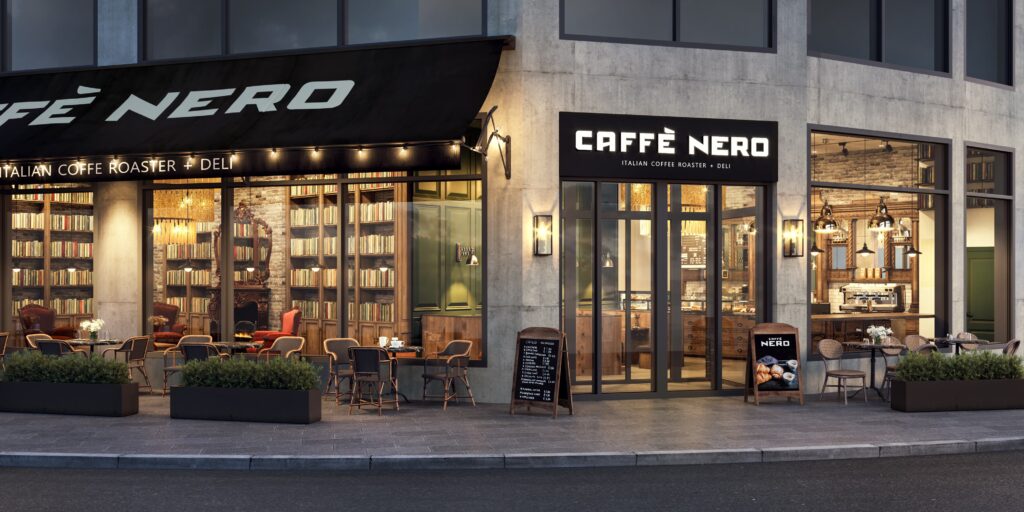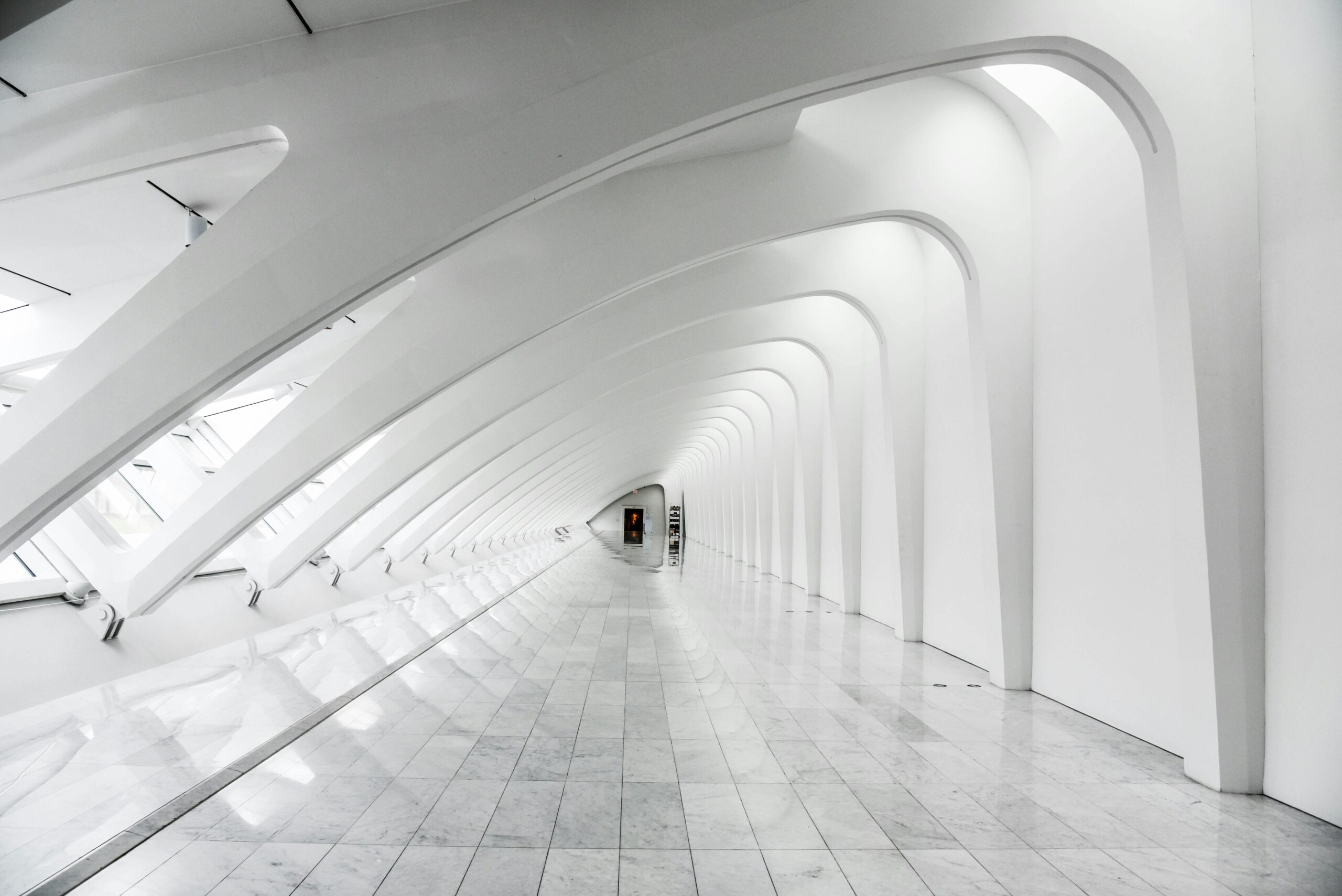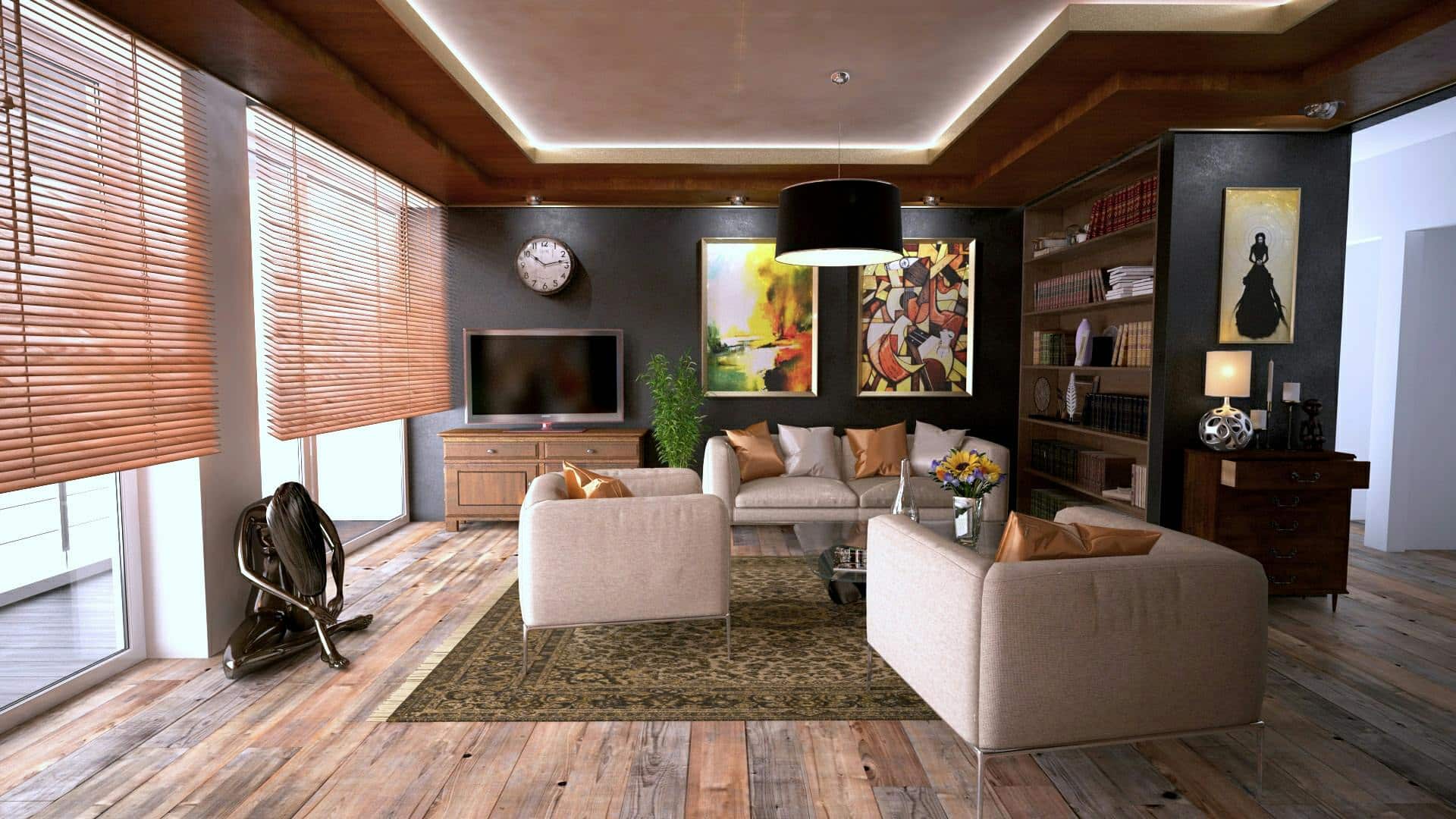
Exterior rendering can really help your company to sell the idea and the new property much faster as it unravels the whole idea and beauty of the new development.
In using exterior rendering technologies you can really jazz up your architectural idea in many different ways: you can choose specific angles which show your unique structures and material usage, and you can choose any environment mood or lightning.
3D visualizations really help you, your team, and your client to fully understand the project and its advantages. 3D renderings can really help you to sell faster and much smoother.
Let us have a look at the top 7 tips to make an stunning and dazzling exterior rendering for your next development.
1. Choose unexpected angles and perspectives for your exterior rendering

Most 3D projects use two angles: a helicopter view and an eye-level view. These are pretty standard and are used in more than 90% of projects, but if you want to really catch the eye of the client – why not use some unexpected angle?
There are many options you can choose and try to show different parts of your exterior project: you can choose a view from the terrace, from the balcony, or maybe from the inner yard, or from the 3rd-floor window? All of these can show different perspectives and can even give a better understanding of the scale and structure of the project.
Most of the real estate developments have a pretty huge area, so try to use it to surprise the clients.
2. The lighting of the space in the exterior rendering

This is very important for your exterior rendering as it sets the mood for the whole project.
The most common lighting setup is a mid-day sun situation, but why not use something else?
As 3D technology allows you to do anything, why not choose a golden hour and play a bit with shadows?
Or maybe use a morning light? So you can see how the first rays of light reach the facade of the building.
One of the coziest light setups is early evening as all the lights in the house are lit up – that creates a very warm and inviting environment.
Do not be afraid of the night mood as well, as it creates mystery and you just simply want to explore the space.
3. Time of the year in your exterior rendering

We all love summer and summer is the sunniest, clean skies environment you can get.
But why not try something else?
With different weather patterns, you can create very exceptional exterior renderings.
Why not take an early autumn day and show the full palette of colors on the trees?
Or maybe you want to get a bit mysterious and use some foggy weather?
Why just clear blue skies? Use dramatic, full of clouds, a grey sky of late November.
Are you selling a property that is going to be used a lot in the wintertime like a chalet, hut, or skiing resort? Show it in a fully snowed-in environment. Put some snow on the roof and some ice on the windows. This is going to make a very special mood.
And why just dry and warm? Why not a rainy day with leaves on the ground? The fall is such an underrated time of the year. It can be very dynamic and full of life as well.
Do not be afraid to experiment with different ideas and weather patterns. You are going to be surprised by the beauty of your real estate development in such an environment.
4. Carefully choose materials for your rendering

To make the exterior visualization as photo-realistic as possible, it is very important to use the exact materials which are going to be used in the development.
And here comes the most amazing part: you can try many different materials and see which ones look the best. It helps you not only to save time but as well avoid expensive mistakes.
Maybe one idea looks great on the paper and in the drawings, but in the specific environment, some materials can look very different. Especially if some specific material is used to cover the whole facade.
Once you have the final decisions on all materials, it is very important to provide all these materials (with specific images) to the 3D designer, so he/she fully reveals your idea.
5. Fully immerse your project into the existing surroundings

Surroundings play a huge part in the exterior rendering and it is very important here not to overpromise. What I mean by that: it is better not to put completely not existing or not planned objects like flower beds, trees, bushes, and so on. We just want to help you to avoid such mistakes as we have done some projects where we were told to put some big trees in the yard or a forest outside the plot (even though they were not existing) and later on after a few months we were told to take all those details away as clients were not happy that the company is not showing the real picture.
It is important to be as realistic as possible because then people can recognize the place and the plot. If there’s an opportunity to get some nice drone shots, it is even possible to put the new project into existing surroundings. Especially if these surroundings are very beautiful and welcoming.
People these days really appreciate a lot of greenery, trees, flower beds, gardens and details like that. If you are really planning to develop such areas – show it in the exterior renderings and make the big boom. Show fully blossoming flowers and cozy sitting areas. People are really going to appreciate that.
6. Add some extra details to make the space more vibrant

In the 3D business, we always say: the sky is the limit.
You can really add and show anything you want: even a sculpture of Abraham Lincoln if you wish (just remember to really build it later on).
Some small details can really jazz up your 3D exterior visualizations and there are many possibilities:
You can add an old couple reading a newspaper on the bench
Or maybe a couple of youngsters playing frisbee?
Or a dog playing in the yard?
We can add any cars, bikes, flowers, or anything else you want to make the space more alive, more vibrant.
The possibilities are limitless and if your project is specifically made for a specific target group: young families, professionals (if it is a commercial space), or skiers. We can make it look like it really belongs to that group and we show important details for that group of people.
7. Use a close-up of your favorite exterior detail

In the close up you can show a specific detail that is important to you and it has some nice architectural details.
It can be an entrance, it can be a corner of your building, or part of your roof set up.
The close-up reveals a really different perspective of your project and mostly concentrates on the architectural and design idea. It doesn’t show the full project, or the full environment, it shows some specific detail that can show the ingenuity of the architect.







